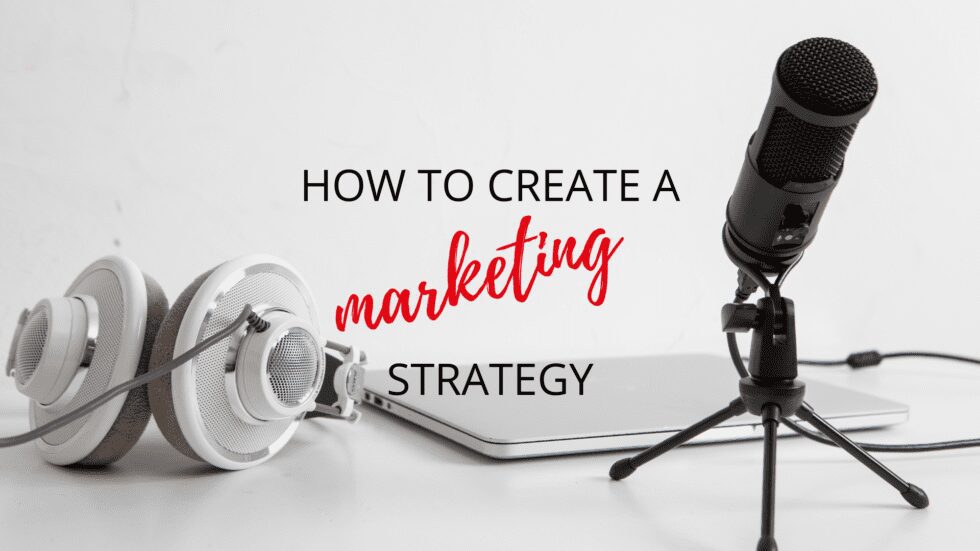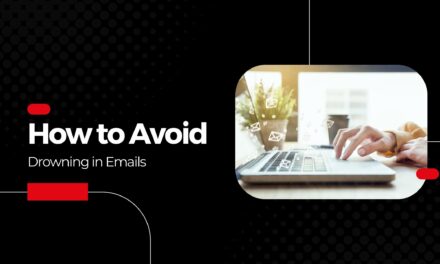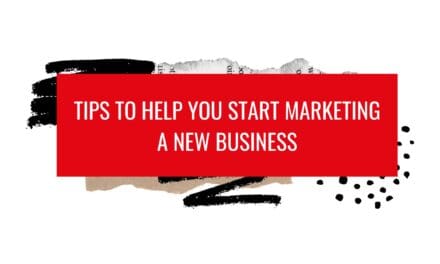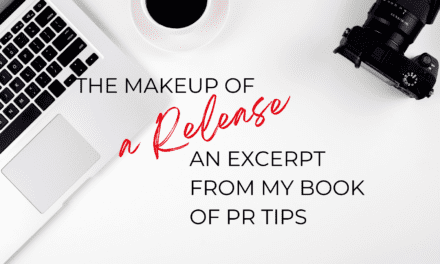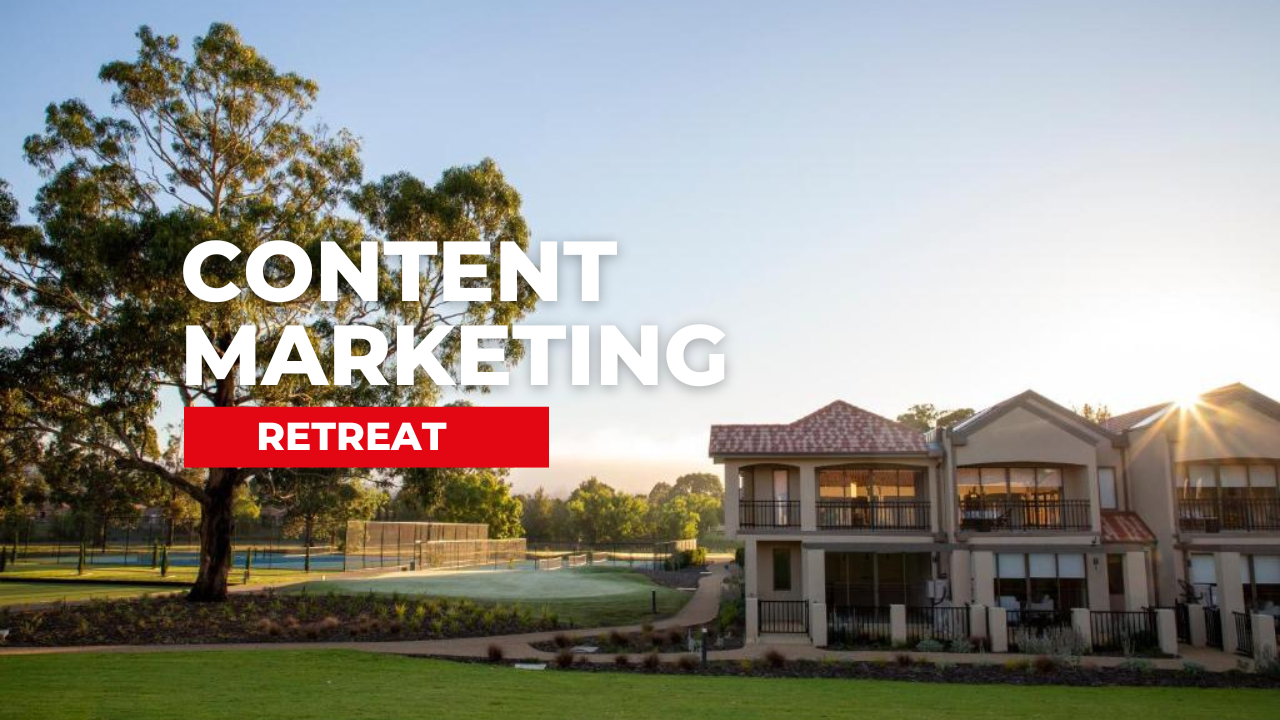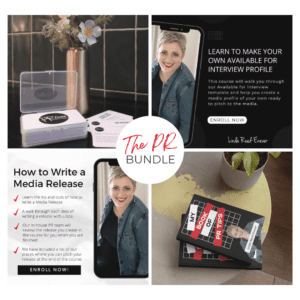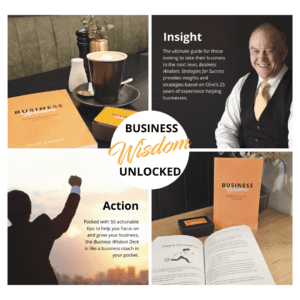Mention the words ‘marketing strategy’ and it sounds like a complex challenge.
Chances are you envision a team of sage marketing gurus quietly analysing data, conducting client focus groups and spending weeks sweating it out over voice boards, advertising and copy.
Yes, that’s one way to approach it and certainly the path that big names and major brands may take. However, marketing can indeed be a DIY affair where you create your own strategy and steadily put it into effect.
So, let’s look at how that’s done, with a back to basics look at how to create an effective marketing strategy…
Know your why
A great marketing strategy always starts with the question ‘why?’ Why do you need a strategy – what marketing goals are you hoping to achieve?
Is it to promote a specific product, raise the profile of your brand, showcase a change in your business, or perhaps even a bit of all three?
The best marketing strategies will manage to achieve all those aims through consistent messaging, interesting content, and a look, feel and messaging that creates brand recognition.
Align your assets
Long before you start scheduling Facebook ads or crafting clever copy, you need to align all your marketing materials and assets.
These include:
- Your website
- Your social media
- Your personal profiles
- Your branding
- Your look and feel
- Your brand voice
To accomplish this, take a look at what you already have across your website and social channels. Is it up-to-date and current? Does it properly reflect who you are or what your business does right now?
If not, this is where you need to start – by carefully defining the look and feel of your brand, along with the voice that helps portray it.
This is also the opportunity to undertake a quick social media and website clean-up, ensuring even the most basic details are up to date, such as current photographs, addresses, email addresses, phone numbers and proper brand naming across all your online real estate.
Establish your look and voice
Your brand logos and voice are not things you can set and forget. They will need to change over time as your brand evolves and as trends come and go.
If you’re considering implementing a marketing strategy, ensure the look and feel of your brand across all your media assets aligns with who you are.
If it doesn’t, consider a brand refresh or revamp, and as part of that get crystal clear on your brand voice.
Your brand voice is the way you speak with your audience, the words you use and the imagery you select.
It creates the feel that people come to expect when interacting with your brand.
Know your message
Every good marketing strategy revolves around a series of key messages.
These might have the aim of building your profile, or a specific message that relates to the release of products or a change in your business.
Regardless, you need to be crystal clear on the message you are trying to send. And establishing this involves asking the equation, what do I want my audience or prospective customer to take away from any content, advertisement, or video?
In other words, what am I trying to tell them and why now?
Define the key moments
Once you’ve set the marketing foundations, it’s time to start diving into the key moments when you want to engage with or relate something to your audience.
And it tends to work like this…
Look at the next 12 months. Define the moments when you are likely to release a new product or make a business announcement. Note those down.
Then start creating content and brand building moments that happen around that. The aim of the game is to come up with one piece of marketing which helps raise the profile of your brand each week, aside from those time sensitive moments you have already defined.
Then look at ways you can speak with your audience through blog articles, press releases, advertisements, memes, videos, images and more.
This might include:
Seasonal content – Which reflects a specific time of the year
Key dates – Which focuses on events relevant to your audience and industry, such as Valentine’s Day, Mother’s Day, Christmas, Easter etc.
Reactive content – Which responds to external factors beyond your control, such as changes in government policy, interest rate hikes, legislation changes, shifts in market conditions etc.
How to’s – Which look at how to use your products or recreate something that people admire.
FAQs – Which includes content that answers the questions you customers frequently ask.
Get to know you – Which often focuses around content that illustrates why you do what you do, who your staff are, how your business has changed over the years, etc.
There are plenty more ideas along these lines that you can use to flesh out a marketing plan, with some great starters available here.
What content, where?
The next piece of the marketing strategy puzzle involves asking yourself which piece of content will be used where?
One topic might be better suited to a press release, while another will make a great video, and another still is an ideal blog post.
Often a lot of content can be repurposed across multiple channels, so don’t forget to reinvent, reapply and reuse your content where you can.
The final pitch
At the end of this simple exercise, you should have a good idea of how you can create 52 pieces of content that will serve as your marketing strategy over the next year.
Then it’s a matter of rolling them out, in the right way at the right time. The reality is the words ‘marketing strategy’ often seem complicated but really it’s about creating consistency that raises the profile and interaction of your brand.
More Marketing Tips Available in The Marketing Circle
Step by step, we will walk through the ins and outs of marketing, with tips, simple exercises and proven marketing strategies that you can roll out in your business.
We will explore all things marketing, from demystifying the marketing world to blogging, working with media, email marketing, social media, and more.
As a Marketing Circle Member, you will also be the first in the know about trends, tools and changes in the world of marketing as we discover them.

